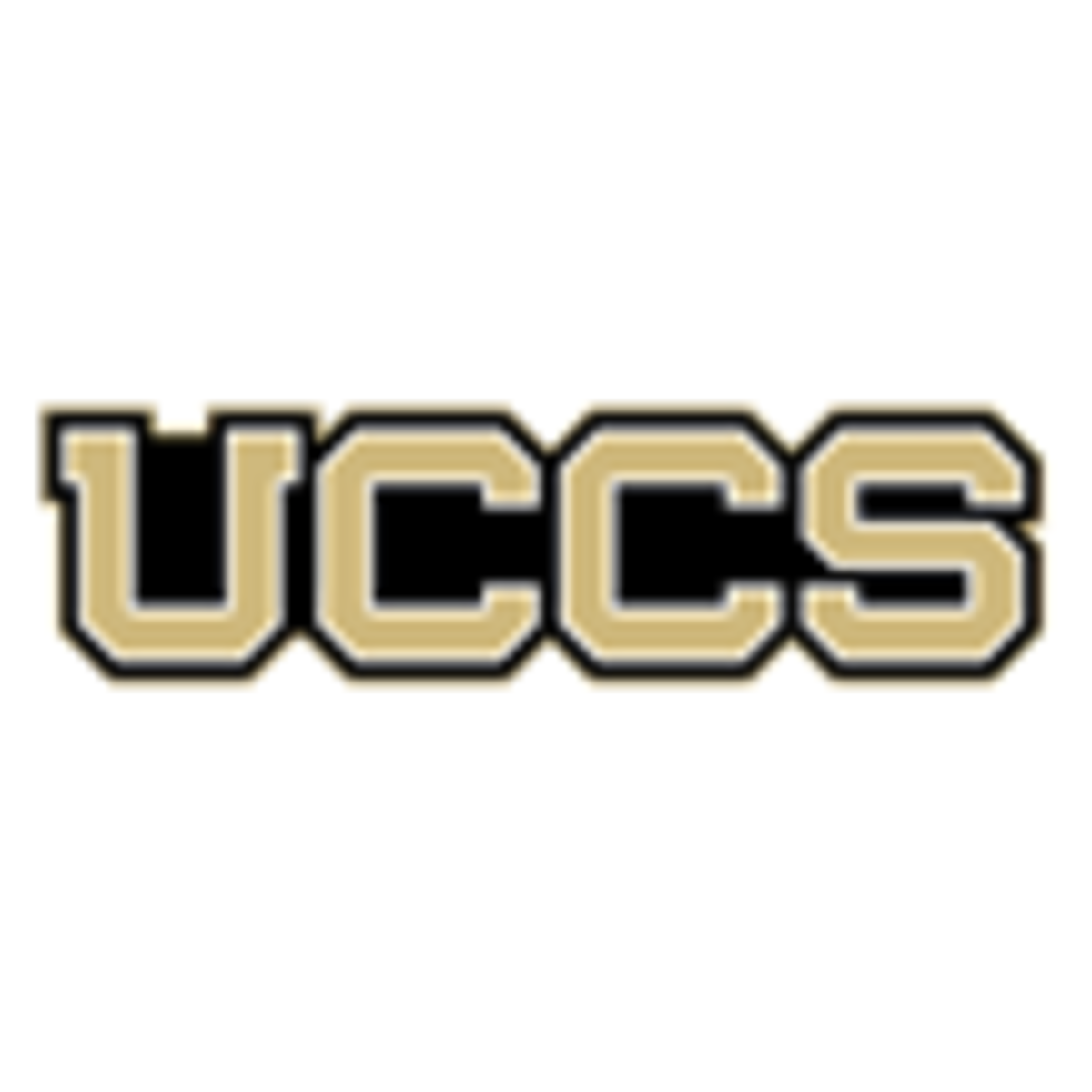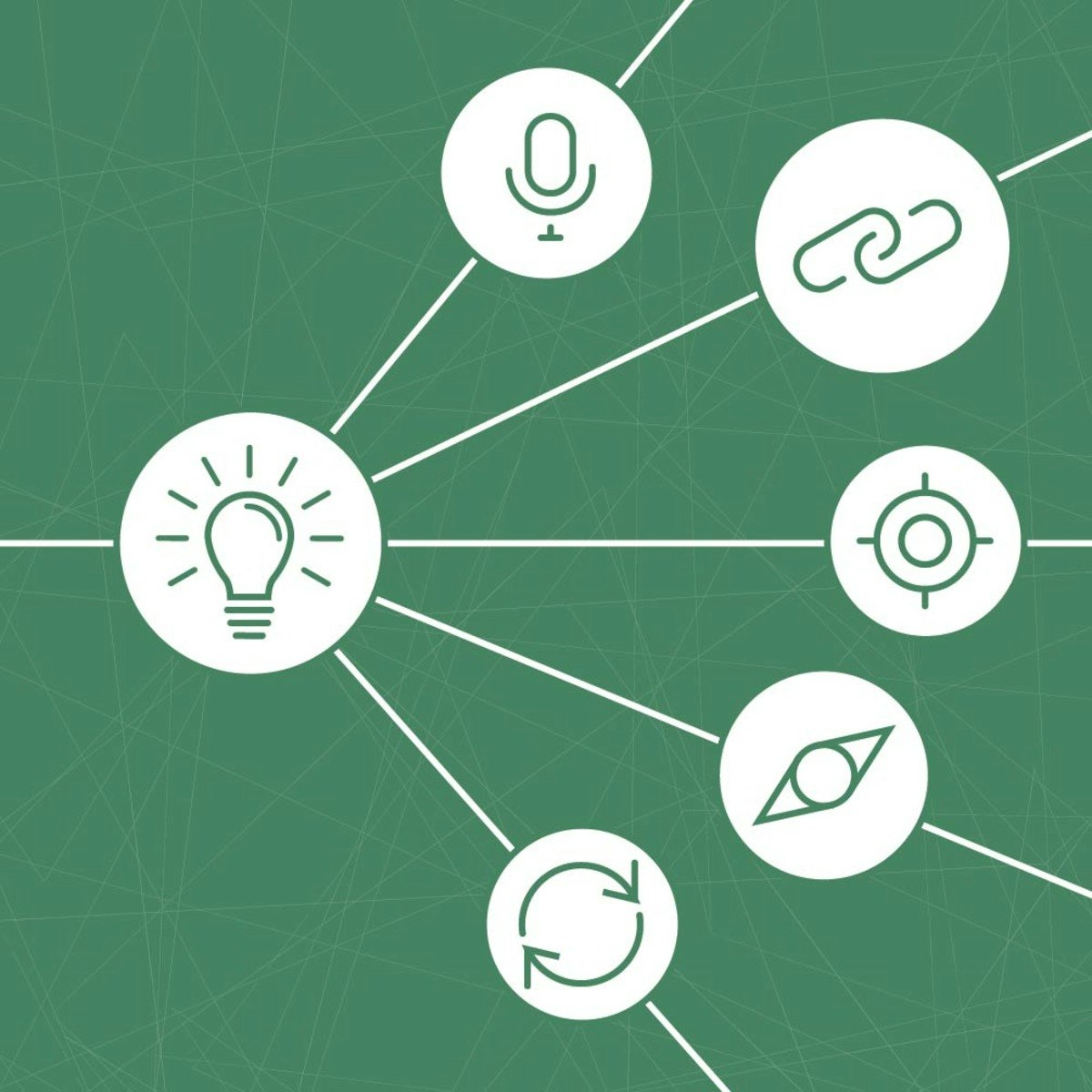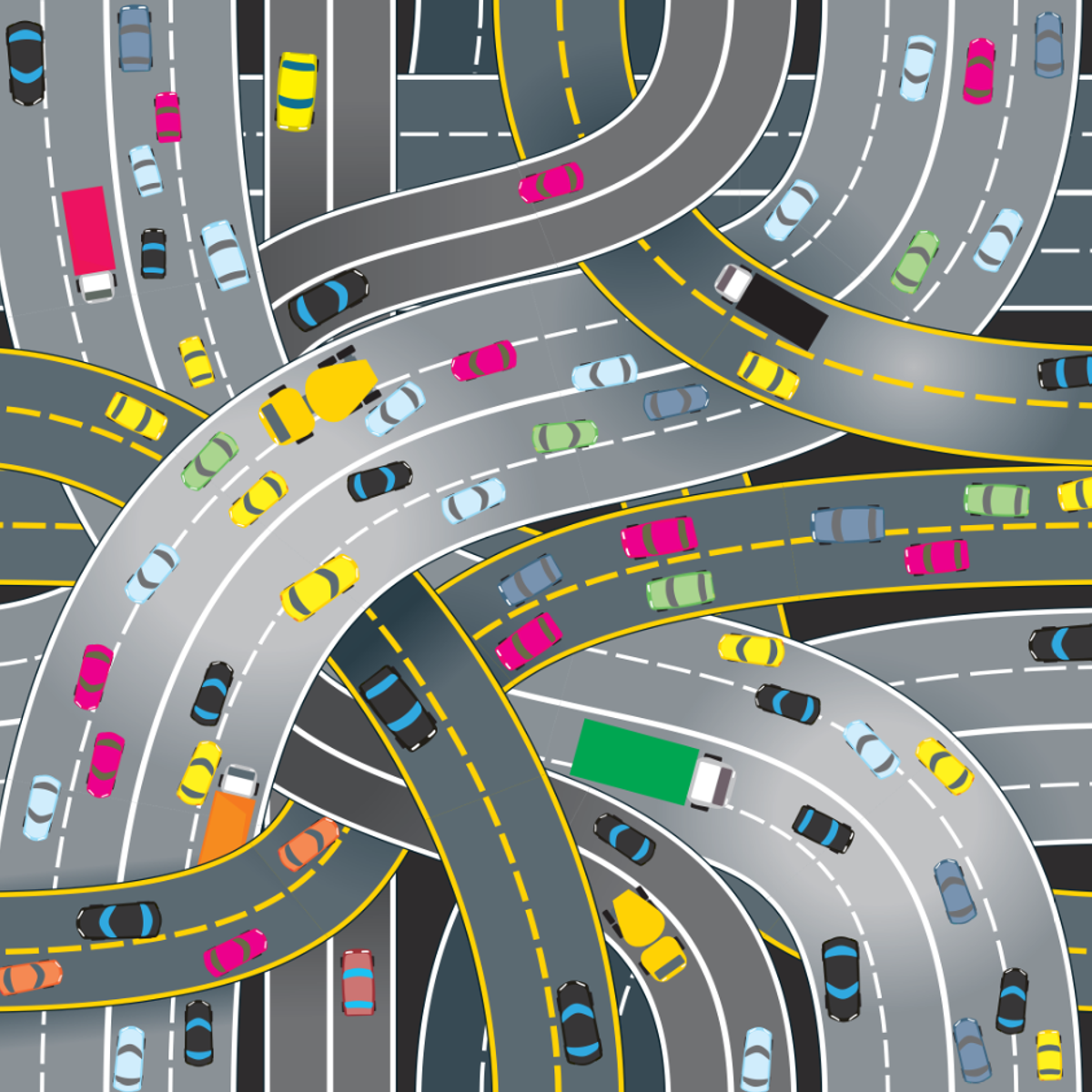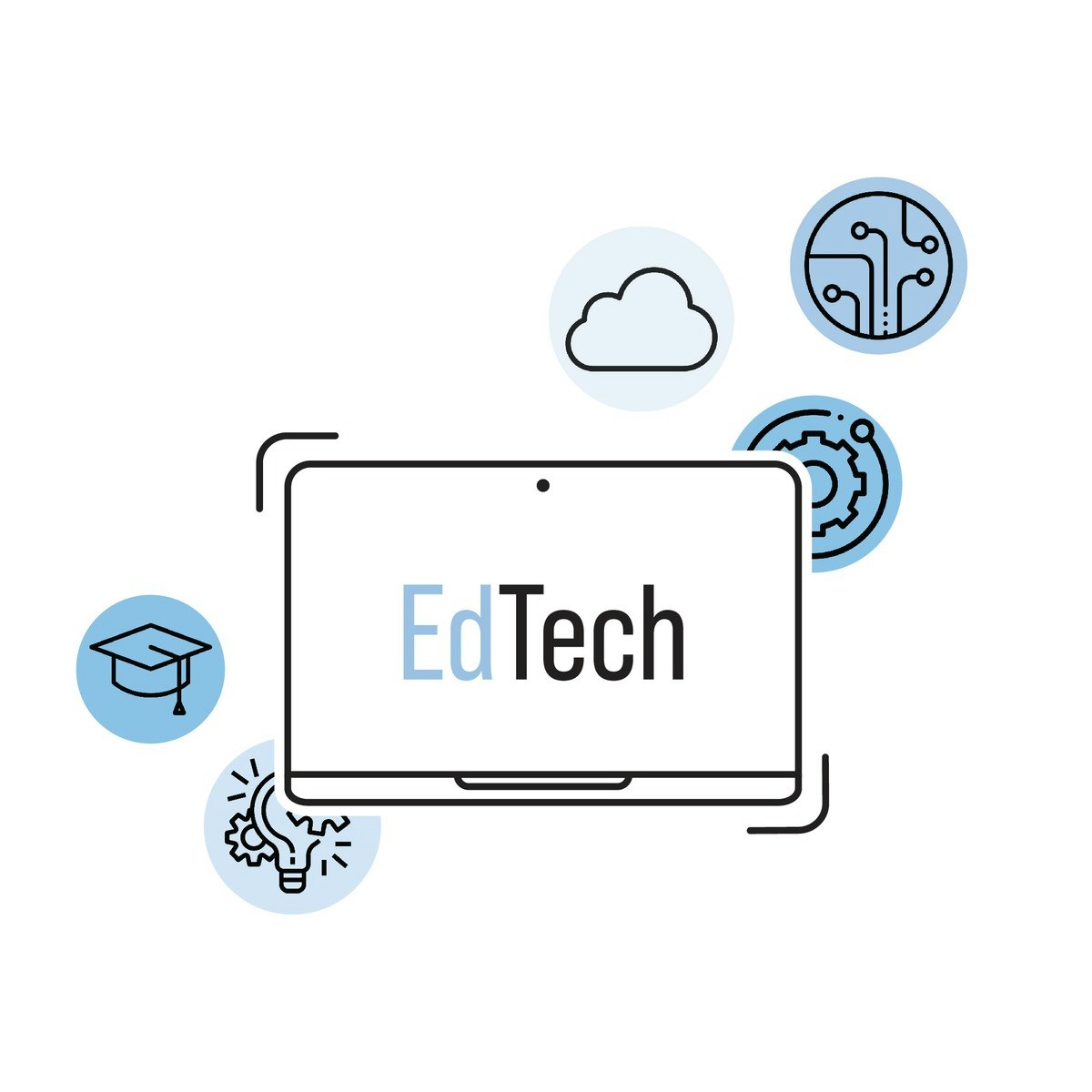Back to Courses









Social Sciences Courses - Page 19
Showing results 181-190 of 672

Homeland Security & Cybersecurity Connection - It's Not About the Terrorists
Welcome to Course 1 in CS4950, Homeland Security and Cybersecruity. In this course we examine the origins of homeland security and its connection with cybersecurity. Homeland security is about safeguarding the United States from domestic catastrophic destruction. Catastrophic destruction comes in two forms: natural and man-made. For most of history the man-made variety came in the form of warfare and required the combined resources of a nation state. All that changed March 20th, 1995. On that date, members of a quasi-religious cult in Japan attacked the Tokyo subway system using Sarin gas. It was the first deployment of a weapon of mass destruction my a non-state actor. The power of destruction once reserved to nation states was now available to small groups, even individuals. The incident was a wake up call for governments around the world. Defense establishments designed to keep rogue states in check were practically useless against non-state actors. Overnight, the number of potential enemies multiplied a hundred, maybe even a thousand-fold. In response to the Tokyo Subway Attacks, the United States took measures to protect itself from WMD attack by non-state actors. Those measures were still being enacted when the nation was attacked on 9/11. On September 11, 2001, nineteen hijackers inflicted as much damage as the Imperial Japanese Navy on December 7, 1941. The investigating 9/11 Commission noted the attacks for their "surpassing disproportion". The hijackers had achieved WMD effects without using WMD. They did this by subverting the nation's transportation infrastructure, turning passenger jets into guided missiles. Again, the security implications were profound. Non-state actors seeking to inflict domestic catastrophic destruction did not need to import, fabricate, or acquire WMD as the nation was surrounded by the means of its own destruction in the form of critical infrastructure. The vulnerability of critical infrastructure had not gone unnoticed. Again, in response to the Tokyo Subway attacks, which themselves had been an attack on Japanese infrastructure, President Clinton in 1996 commissioned a panel to investigate the threat to United States' infrastructure. The panel replied in 1997 that there was no immediate threat to US infrastructure, but they were concerned with the growing risk of cyber attack. The same cyber physical systems that fueled the explosive growth of the Internet were being incorporated into Industrial Control Systems that underpinned much of the nation's critical infrastructure. The panel noted that the knowledge and skills necessary to mount a cyber attack on the nation's infrastructure was growing. As a result of this observation, President Clinton in 1998 ordered the protection of US critical infrastructure, especially from cyber attack. Following 9/11, critical infrastructure protection and cybersecurity were designated core missions in the 2002 Homeland Security Act establishing the new Department of Homeland Security. They remain core missions to this day, but many don't see the connection. The connection is this: cybersecurity is essential to critical infrastructure protection, which is essential to homeland security, which is about safeguarding the United States from domestic catastrophic destruction. I look forward to working with you in the coming lessons. Best wishes and good luck!
Course 1: Homeland Security & Cybersecurity Connection
Course 2: Cybersecurity Policy for Water and Electricity Infrastructures
Course 3: Cybersecurity Policy for Aviation and Internet Infrastructures
Course 4: Homeland Security & Cybersecurity Future

Get Organized: How to be a Together Teacher
This course is designed for classroom teachers who juggle time-sensitive tasks and often-exhausting teaching schedules. With an eye toward long-term sustainability, The Together Teacher examines the purpose for planning ahead, provides tools for tracking time commitments, deadlines and tasks, and helps teachers develop a personal organization system that interacts with their day-by-day practices.
All teachers, from the pen & paper list maker to the tech-savvy digital maven, will benefit from the no-nonsense approach to "togetherness" that's presented in this course. We don't care what format you use; we care that you know when you have free time during the day, and that you have a plan for using it.

Evolution: A Course for Educators
How are all of the species living on Earth today related? How does understanding evolutionary science contribute to our well-being? In this course, participants will learn about evolutionary relationships, population genetics, and natural and artificial selection. Participants will explore evolutionary science and learn how to integrate it into their classrooms.

Social Business Model and Planning for Social Innovation
In this course we will take the social business opportunity that you have identified in the first course to a higher level. Specifically, you will develop a business model using the Business Model Canvas. Gradually you will also start writing your business plan. Moreover, you will be able to assess different organizational forms and select the one that is appropriate for your developed business model. By the end of the course you will be able to compare different social impact investment methods and choose the right funding strategy for your social venture.
Note: It is highly recommended to have completed Course 1: 'Identifying Social Entrepreneurship Opportunities' before you start with this Course!

Reclaiming the Street for Livable Urban Spaces
In Reclaiming the Street, you will learn about the mechanisms of change and will be challenged to apply this knowledge to start creating vibrant streetscapes in your neighbourhood. This six week course will guide you through seminal academic work on the topics of transition management and street experiments while providing practical insights from practitioners from around the world. A final peer-reviewed project integrates key takeaways from each module of this course to help you write an actionable plan for change.
This online course is supported by the EIT Urban Mobility’s Competence Hub. EIT Urban Mobility is an initiative of the European Institute of Innovation and Technology (EIT) that has been working since January 2019 to encourage positive changes in the way people move around cities in order to make them more sustainable and liveable places.

Introduction to EdTech
Co-developed by Supercharger Ventures and EDHEC Business School.
EdTech, short for Education Technology, is one of the most exciting sectors in the economy today poised to re-shape how education systems work and how people learn around the world.
Introduction to EdTech MOOC is designed to explore EdTech fundamentals and build the foundational knowledge for educators, institutions, entrepreneurs and governments to appreciate the impact and potential of new tools, technologies, business models and learning methods in education.
In this course, through a series of video lectures, expert interviews, case studies, and assessments you will learn about the major areas of EdTech including Alternative & Digital Education, Hybrid Learning, Challenger Universities, Learning Apps, How Institutions can apply EdTech, as well as, the core technologies driving EdTech including Artificial Intelligence (AI), Data and AR/VR. You will learn from leading academics and global experts who will share real-life examples about the innovations, technology and policies driving the transformation of education.

Engage and Assess Students with Quizizz
By the end of this project, you will be ready to use Quizizz with your students to create gamified quizzes, polls, and lessons. Whether you are teaching online or in the classroom, Quizizz allows you to gather valuable assessment data while your students are actively engaged in a friendly competitive game. Throughout each task, we will set up your Quizizz account and learn how to create your own quizzes as well as use the reporting feature to see how your students are progressing. Engage your students as they learn through Quizizz!

The Economics of AI
The course introduces you to cutting-edge research in the economics of AI and the implications for economic growth and labor markets. We start by analyzing the nature of intelligence and information theory. Then we connect our analysis to modeling production and technological change in economics, and how these processes are affected by AI. Next we turn to how technological change drives aggregate economic growth, covering a range of scenarios including a potential growth singularity. We also study the impact of AI-driven technological change on labor markets and workers, evaluating to what extent fears about technological unemployment are well-founded. We continue with an analysis of economic policies to deal with advanced AI. Finally, we evaluate the potential for transformative progress in AI to lead to significant disruptions and study the problem of how humans can control highly intelligent AI algorithms.

Teach English Now! Capstone Project 2
In the final Capstone Project, you will apply the skills you learned by doing practice teaching. You will build on your assignments from the previous courses to refine your lesson plans and video-tape yourself presenting the lesson. You will submit a total of ten videos. If you have completed Teach English Now! Part 1 and Teach English Now! Part 2, you will submit your work for expert review to receive your ASU 150-hour TESOL Certificate from ASU, in addition to your Coursera certificates.
Cultural Competence - Aboriginal Sydney
This course explores some of the key themes and capabilities of cultural competence by exploring Aboriginal experiences and narratives of Sydney.
Australia was ‘claimed’ for the British Crown in 1770, by Captain James Cook, but the invasion began in earnest when the First Fleet of British arrived in 1788 and established a penal colony in Sydney.
As a consequence Sydney is a city rich in diverse pre-colonial, colonial and contemporary sites of significance to Aboriginal peoples. Too often though our perceptions about Aboriginal peoples consign them to an ancient past or perpetuates stereotypical imaginations that Aboriginal peoples live in remote communities (Hinkson, 2010).
At the heart of this MOOC is the theme that Sovereignty was never ceded and Sydney always was and always will be Aboriginal Land. Despite this the Aboriginal presence in the city is often invisible to non-Aboriginal eyes. This course aims to bring to light marginalised narratives of Aboriginal presence in this space.
To understand hidden and marginalised narratives and experiences it is necessary to develop cultural competence capabilities. Key elements of practicing cultural competence include being able to understand and interrogate context, which in the case of Sydney includes not only learning about the peoples, places and histories of Aboriginal Sydney but to also understand issues about how knowledge is created and how dominant narratives can exclude diverse knowledges and experiences.
Course learning outcomes
1. Develop knowledge about cultural competence capabilities.
2. Develop a deeper and multi-layered knowledge and understanding about Aboriginal peoples, cultures and places in Sydney.
3. Develop a greater understanding of how history, cultures and places are represented, contested and interpreted and how that relates to their own context.
Acknowledgement of Country
We acknowledge that this course was developed on the land of the Gadigal Peoples of the Eora nation. We pay our respect to the Traditional Owners of this land and acknowledge that the land that the University of Sydney was built on has been a place of learning for many thousands of years.
Popular Internships and Jobs by Categories
Browse
© 2024 BoostGrad | All rights reserved


